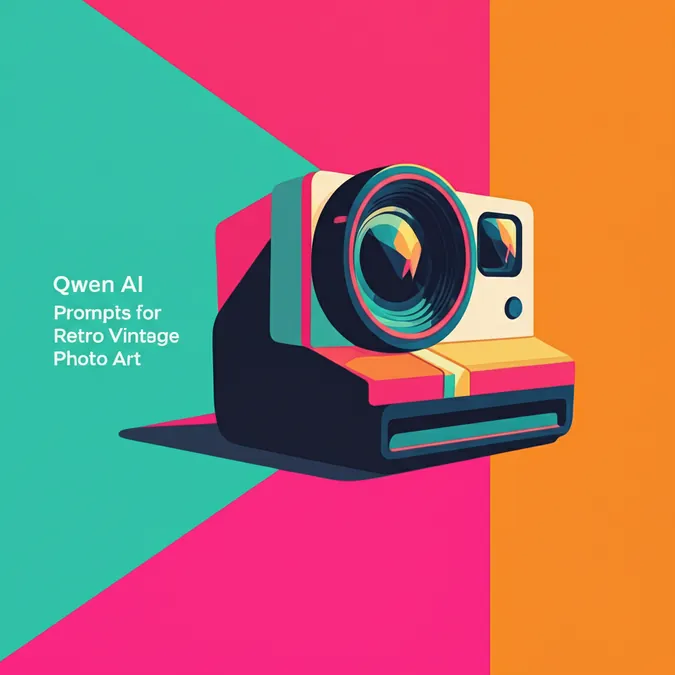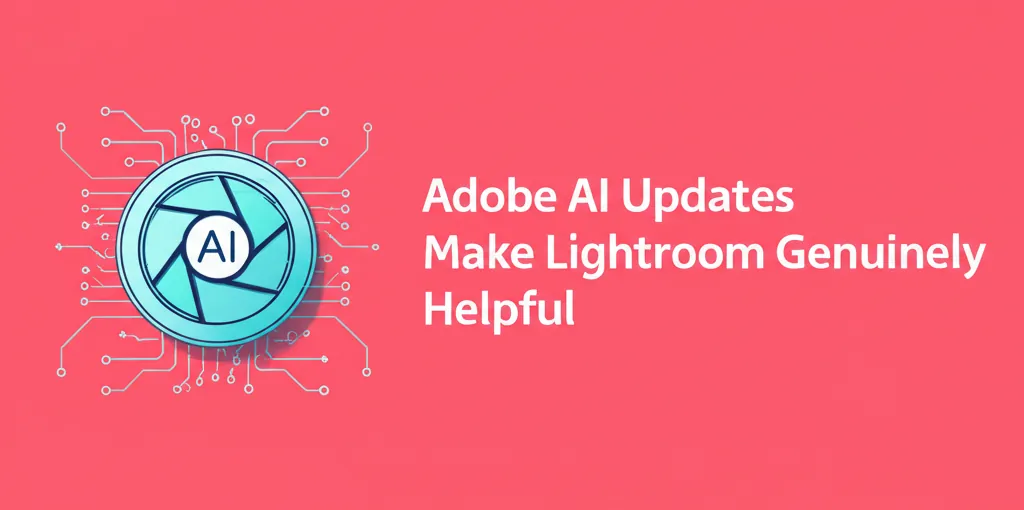Developer Offer
Try ImaginePro API with 50 Free Credits
Build and ship AI-powered visuals with Midjourney, Flux, and more — free credits refresh every month.
How AI Can Revolutionize Your Photography
The AI Revolution in Daily Life
Everybody is talking about AI. Artificial Intelligence has seamlessly integrated into our computers, phones, online searches, and even our customer service interactions. It seems every tech company is now branding their products with "AI," portraying it as a constant companion ready to assist with any challenge.
The recent surge in AI's visibility belies its long history of development. However, the introduction of "Generative AI"—a type that creates new content like text, images, or music from existing data—has pushed artificial intelligence to the forefront. While ChatGPT is the most famous example, numerous other platforms are in use today.
Words & Photos by Michael Salvarezza & Christopher P. Weaver
A New Horizon for Underwater Photographers
Simultaneously, underwater photographers have witnessed an explosion of camera technology for capturing the marine world. From high-end DSLRs to iPhones in housings, divers can now create and share images of their adventures more easily than ever. But with this flood of content comes a new challenge: how do you make your work stand out?
How can you better utilize the thousands of images you've captured? How can you differentiate your portfolio from the countless others on social media? In short, can you use AI to extend the reach of your photography and captivate new audiences?
Instead of creating images from scratch, we decided to explore how AI could modify our existing underwater photographs to unlock new creative possibilities.
Transforming a Single Image for Multiple Audiences
Take, for example, a stunning photograph of a loggerhead sea turtle on a reef in Aruba. How could we share this image with children to spark their interest in marine life? Cartoons are a powerful medium for connecting with kids. Using a simple prompt in ChatGPT—"Turn this picture into a cartoon"—we instantly created a new, child-friendly version of our turtle. This opens the door to illustrating an entire children's book with AI-stylized versions of our photos.
 Loggerhead Sea Turtle photographed in Aruba
Loggerhead Sea Turtle photographed in Aruba
 ChatGPT rendered the sea turtle image as a cartoon
ChatGPT rendered the sea turtle image as a cartoon
We could also create a villain for our story. By instructing the AI to make the turtle more menacing, we produced an image that could easily serve as a story's antagonist.
 The friendly turtle is turned into a scary monster
The friendly turtle is turned into a scary monster
But what if your target audience isn't children, but fine art enthusiasts? We used ChatGPT to render the same sea turtle in the styles of Impressionism and Van Gogh. These reimagined images could be compelling pieces of art for wall hangings, appealing to a completely different demographic.
 The turtle photograph turned into a Van Gough style painting
The turtle photograph turned into a Van Gough style painting
 We asked ChatGPT to render the turtle as an impressionist painting
We asked ChatGPT to render the turtle as an impressionist painting
Exploring Limitless Creative Styles
The possibilities are only limited by your imagination. We transformed an image of a Porcupine Pufferfish from the Sea of Cortez into an expressionist painting and then again into a surrealist piece as if painted by Salvador Dali. An image of Anemonefish from the Maldives was beautifully remade as a painting in the realism style.
 The Pufferfish rendered in the Expressionist style
The Pufferfish rendered in the Expressionist style
 Anemonefish from the Southern Atolls of the Maldives
Anemonefish from the Southern Atolls of the Maldives
 The Anemonefish rendered as a painting in the realism style
The Anemonefish rendered as a painting in the realism style
To connect with a teenager more interested in comics than diving, we turned a photo of a diver in Iceland's Silfra fissure into a superhero-themed character. For a bit of fun, we transformed a shrimp from Lembeh, Indonesia, into a 1950s-era sci-fi movie poster. The AI even generated a fictional title and added a screaming actress on its own!
 A diver in Iceland’s Silfra fissure
A diver in Iceland’s Silfra fissure
 The diver from Iceland transformed to a superhero comic book character
The diver from Iceland transformed to a superhero comic book character
 A beautiful shrimp photographed in Lembeh, Indonesia
A beautiful shrimp photographed in Lembeh, Indonesia
 ChatGPT created this faux sci-fi movie poster using the shrimp from Indonesia
ChatGPT created this faux sci-fi movie poster using the shrimp from Indonesia
AI for Post-Processing: A Word of Caution
Beyond creative transformations, can AI replace complex post-processing software like Photoshop for cleaning up images? The answer is a qualified "maybe." We asked ChatGPT to clean up an image of a Goliath Grouper by adjusting colors, sharpening focus, and removing backscatter. The result was a visually pleasing image.
 A Goliath Grouper image from the Florida Panhandle that needs cleaning up
A Goliath Grouper image from the Florida Panhandle that needs cleaning up
 ChatGPT adjusted the original image to clean it up
ChatGPT adjusted the original image to clean it up
However, a closer look revealed that the AI had generated new details. The spot patterns on the fish, its eye, and even its teeth were different from the original. This is a critical distinction: if your goal is scientific accuracy or documentation, AI-generated cleanups may not be appropriate because they alter the reality of the image. Proceed with caution.
Navigating the Ethics of AI in Photography
This new technology raises important legal and ethical questions. Who is the author of AI-created content? Can these images be copyrighted? What are a photographer's disclosure obligations?
Under current U.S. Copyright law, if you use an AI tool to render your own photo in a new style, you generally own the rights to the resulting image, provided the tool's terms of service grant you those rights. Your creative choices—selecting the style, composition, and prompts—constitute the human involvement necessary for you to claim copyright.
We believe the ethical landscape is evolving rapidly. As long as the source material is your own, you should "own" the AI-generated rendering. However, using someone else's image without permission is unethical. Furthermore, photographers should always disclose when an image has been altered by AI, especially when submitting it for professional or scientific use.
Generative AI offers a limitless world of possibilities for underwater photography. It can be a rewarding and meaningful way to inspire others to care about our beautiful and fragile underwater world. And besides, it's just fun!
Compare Plans & Pricing
Find the plan that matches your workload and unlock full access to ImaginePro.
| Plan | Price | Highlights |
|---|---|---|
| Standard | $8 / month |
|
| Premium | $20 / month |
|
Need custom terms? Talk to us to tailor credits, rate limits, or deployment options.
View All Pricing Details

